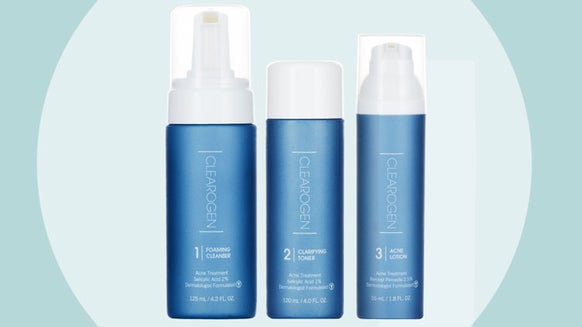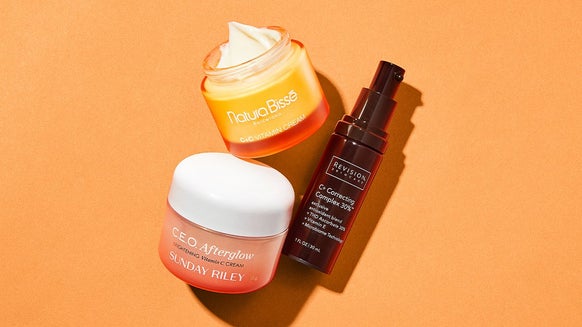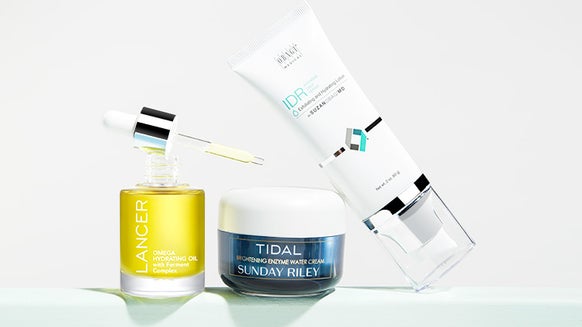How Salicylic Acid Peels Work + Top 5 Picks
Women with oily and acne-prone skin, rejoice! Salicylic acid peels are your new best friend. While not technically magic (but cleverly close), the bread and butter of these nourishing peels lies in the active ingredient: salicylic acid. This beta hydroxy acid, which prompts the skin to rejuvenate itself, helps to remove oil and dead skin cells from the skin's surface.
Your options are at-home salicylic acid peels and in-office treatments. You can do both—but there are pros and cons worth considering. Brian A. Pinsky, MD, of Long Island Plastic Surgical Group, explains that the difference is the percentage of this key ingredient.
Superficial at-home peels: Little to no downtime. Best for skin tone and texture, pigment issues, acne. Intermediate peels: Causes flaking and redness, and can be repeated every six to twelve weeks. Best for fine lines, skin pigment, elasticity issues. D eep peels: Can cause severe peeling and requires seven to ten days for healing, and can be repeated quarterly. Best for wrinkles, acne scarring, skin laxity issues.
Whether at home or in-office, Director of Cosmetic & Clinical Research in Dermatology at Mount Sinai Hospital, Dr. Joshua Zeichner, recommends using "a bland moisturizer and a gentle skin cleanser to prevent skin irritation and to help enhance skin healing."
Top 5 At-Home Salicylic Acid Peels

From the latest hair and makeup trends to the best solutions for your skin issues, we've got all your beauty concerns covered!








